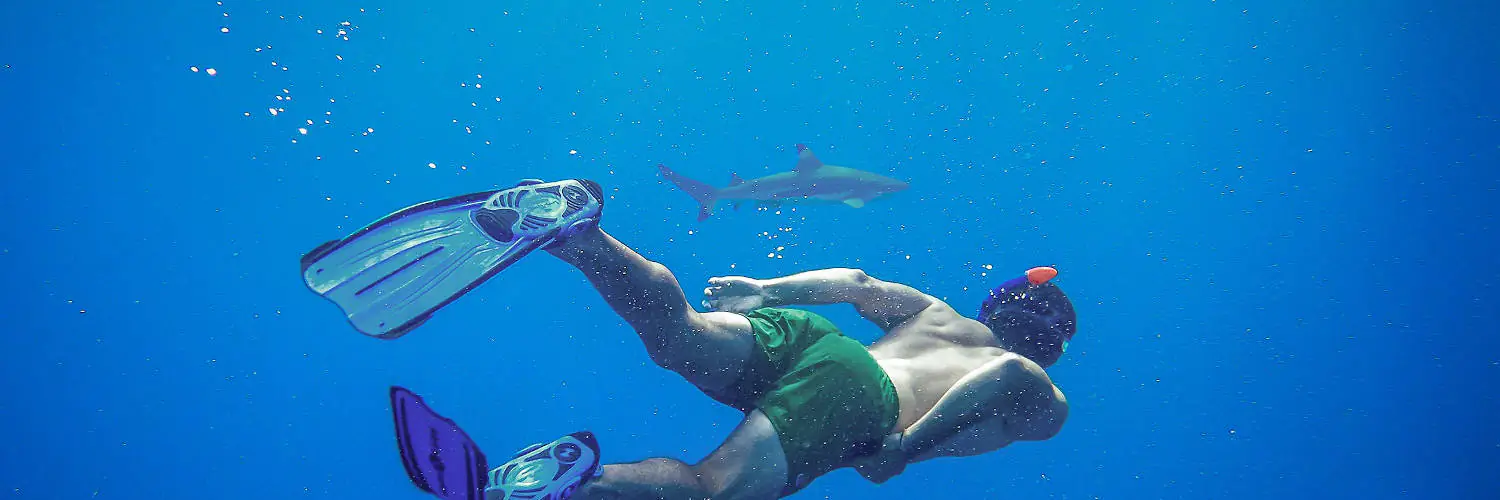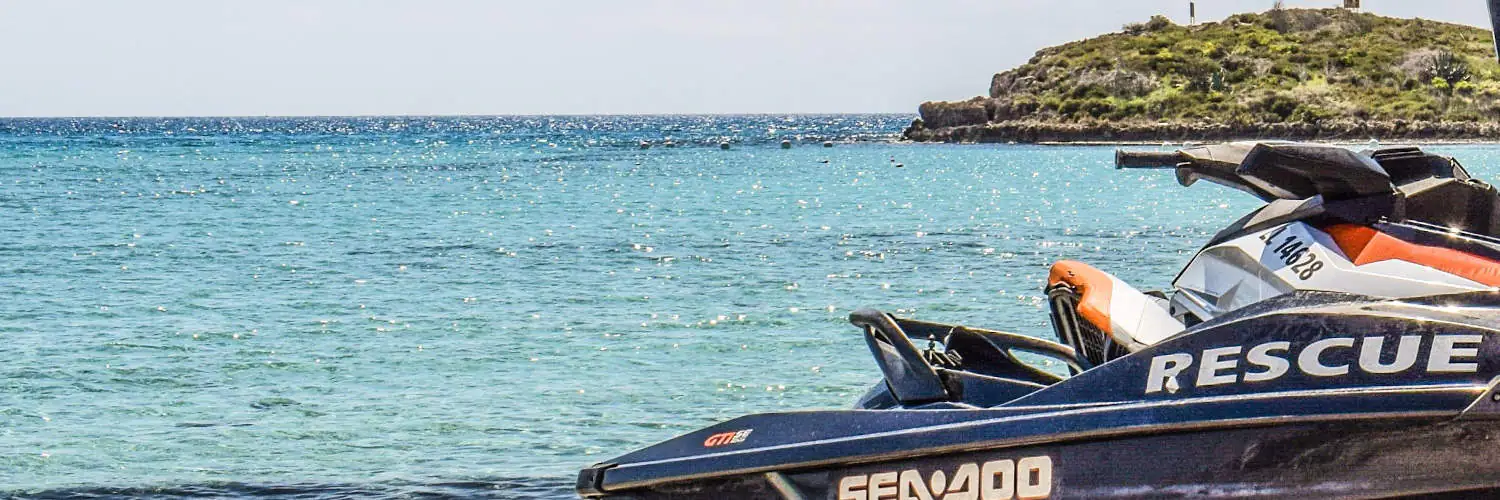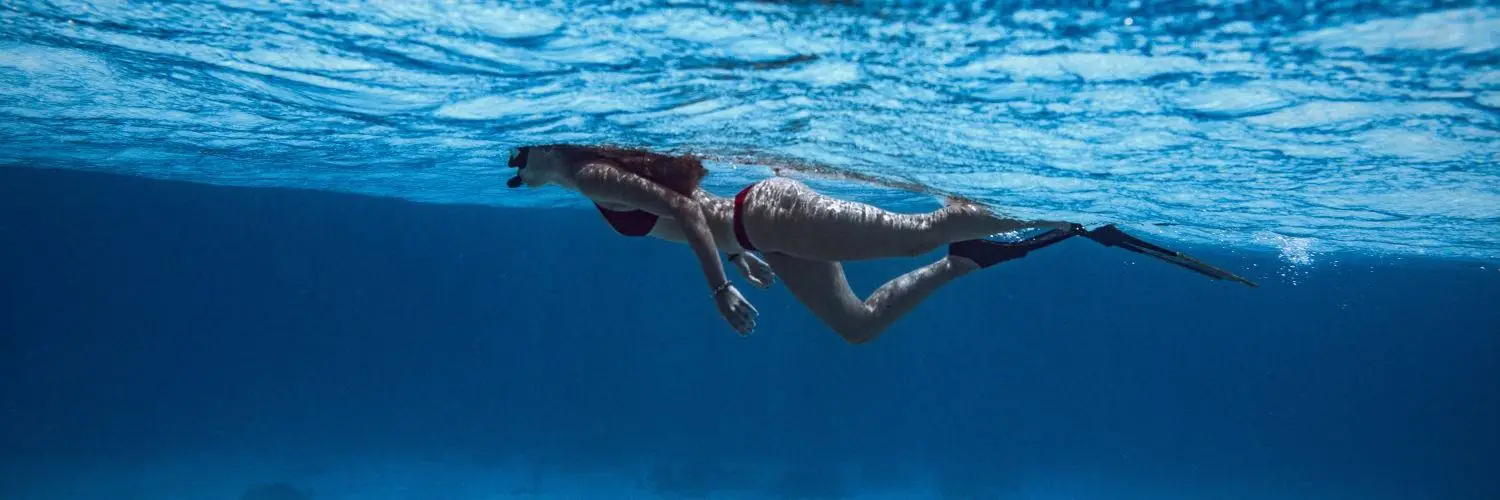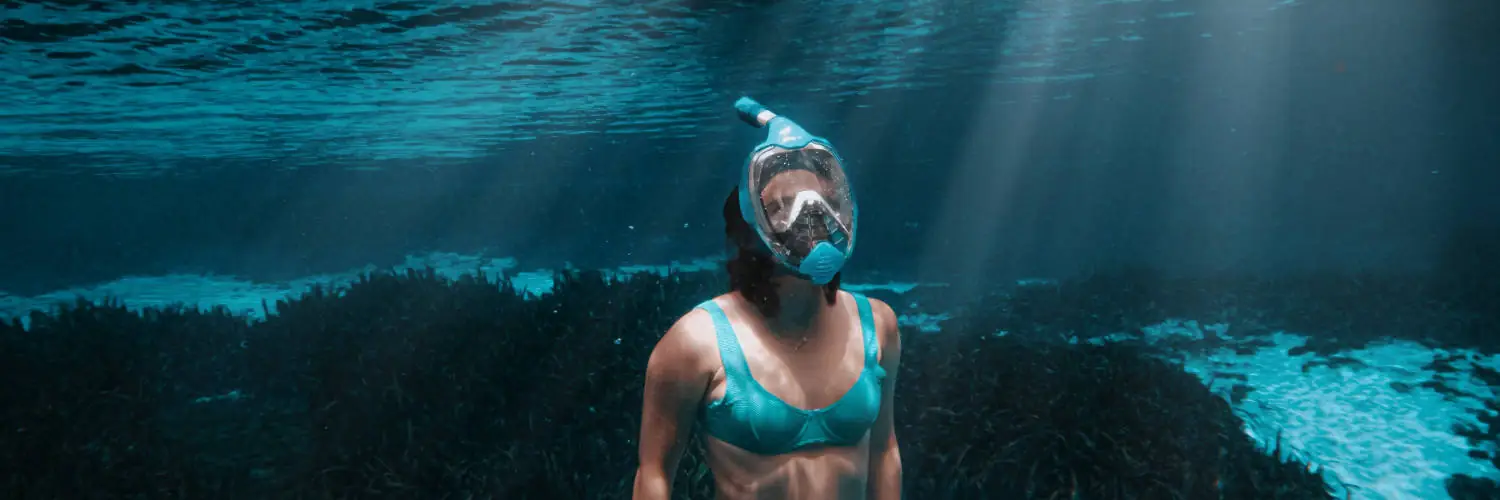Table of Contents
Snorkeling for Toddlers: Safe Practices and Gear Essentials
Snorkeling opens up a world of underwater adventure and can be a captivating activity even for young children. Introducing toddlers to snorkeling requires patience, careful preparation, and the right equipment to ensure safety and comfort. Generally, children can begin exploring shallow waters with a snorkel around the ages of 5 to 6, but individual readiness may vary.
Parents should consider their child’s comfort level with water, swimming abilities, and overall interest in marine life before planning a snorkeling excursion. Specialized gear designed for toddlers, which includes smaller masks and snorkels, and floatation devices if necessary, can make the experience more enjoyable and free from frustration. By turning snorkeling into a fun and educational activity, parents can foster a sense of wonder and appreciation for the ocean in their little ones from an early age.
Essential Snorkeling Gear for Toddlers
When equipping toddlers for snorkeling, selecting gear that ensures both safety and comfort is paramount. Appropriate sizing and the use of reliable equipment will contribute to a positive first snorkeling experience.
Choosing the Right Mask and Snorkel
For toddlers, the right mask is one with a silicone skirt for a comfortable and effective seal that keeps water out. It is crucial that the mask fits snugly without being too tight and offers clear visibility. A mask’s fit can be tested by placing it on the child’s face without using the strap and asking the child to breathe in through their nose; a correctly fitting mask will stay in place through suction.
A suitable snorkel for young children should be proportionate to the size of their mouths and feature a dry top to prevent water from entering. For those ages 3-5, a mini snorkel is often the best fit. Ensure the snorkel has a comfortable mouthpiece and is easy for the child to clear of water.
Must-Have Safety Equipment
Safety is the top priority, so a lifejacket or snorkel vest is essential to keep toddlers buoyant and secure in the water. Lifejackets provide considerable buoyancy and are advisable for non-swimmers, while snorkel vests can offer a balance between safety and freedom of movement for those with basic swimming skills.
For extra security and ease in the water, consider using puddle jumpers, which are suitable for toddlers as they provide arm floats in conjunction with a chest pad.
Additional Comfort Items
While not as critical as the safety gear, additional comfort items can enhance the snorkeling experience. A full face snorkel mask can be an option for toddlers who are not comfortable using a separate snorkel, as it allows for natural breathing through the nose or mouth and can be more reassuring for some children.
A pool noodle offers additional support and can serve as a swimming aid, giving the child extra confidence in the water. However, it should be used in conjunction with a proper flotation device for optimal safety.
By ensuring that young snorkelers have well-fitted masks, reliable snorkels, and essential safety equipment, parents can help facilitate a positive and safe snorkeling adventure for their toddlers.
Preparing Your Toddler for Snorkeling
Preparing toddlers for snorkeling involves fostering a sense of familiarity with water environments, introducing snorkeling equipment and techniques, and teaching effective breathing methods. These foundational skills help in creating a positive snorkeling experience.
Building Comfort in Water
Objective: Begin by ensuring the toddler is comfortable in aquatic settings.
Strategies:
- Start in a bathtub with shallow water to create a stress-free introduction to water.
- Progress to a swimming pool for a more realistic experience.
- Encourage playtime in the water to strengthen their association of fun with aquatic environments.
Snorkeling Skills and Techniques
Objective: Introduce basic snorkeling mechanics in an engaging and age-appropriate manner.
Approach:
- Demonstrate how to use a kids snorkel and mask, emphasizing the difference from regular swimming goggles.
- Use a full face snorkel mask designed for children for easier adaptation.
- Practice in a pool where conditions are controlled and safe.
- Prioritize equipment that fits properly to ensure comfort and prevent water intake.
Skills Development:
- Show how to clear the snorkel of water in case of accidental submersion.
- Teach correct floating positions that facilitate easy snorkeling.
Breathing Practices for Kids
Objective: Teach toddlers to breathe properly using snorkeling gear for a calm experience.
Technique Training:
- Before entering the pool, demonstrate dry runs of breathing through the snorkel while on land.
- In the shallow end of a swimming pool, have the child practice breathing through the snorkel with their face submerged.
Progress Monitoring:
- Acknowledge successful breathing attempts to build confidence.
- Adjust lessons based on the child’s comfort and skill level to ensure a positive learning curve.
Safety Measures and Precautions
Safety is paramount when snorkeling with toddlers. This section provides essential strategies to keep your child protected from water hazards, sun overexposure, and to help manage fatigue and anxiety during the activity.
Understanding Water Conditions
Careful assessment of water conditions is essential before allowing toddlers to snorkel. Strong currents and waves can pose significant risks to young swimmers. Parents should choose calm, shallow waters and constantly monitor for any changes. It is recommended to avoid areas with known strong currents and to stay within arm’s reach of the child at all times.
Sun Protection and Overexposure
The risk of sunburn and overexposure to ultraviolet rays is heightened in water, where the surface reflection can increase the intensity of the sun. Apply water-resistant sunscreen liberally on the child’s skin every two hours and after swimming. Protective UV clothing, a wide-brimmed hat, and snorkeling gear with UV protection ensure additional safeguards while they enjoy the marine environment.
What to Do If Your Child Gets Tired or Anxious
Snorkeling should be an enjoyable experience for toddlers. If a child shows signs of tiredness or anxiety, they should be encouraged to express their needs and take a break. Ensure that they rest on a flotation device or exit the water until they feel ready to continue. Keeping the diving sessions short and allowing for frequent rest periods can greatly enhance their comfort and enjoyment.
Selecting the Perfect Location
When planning a snorkel trip for toddlers, choosing a safe and suitable location is essential. The location should offer clear visibility, shallow waters, and a contained environment to ensure the safety and enjoyment of young snorkelers.
Snorkeling in Pools vs. Open Water
Pools offer a controlled environment, ideal for introducing toddlers to snorkeling. They can practice in:
- Shallow waters: Ensuring that the depth is manageable for toddlers.
- Clear visibility: Pools typically have clear water, which is perfect for beginners to see underwater without the complexity of ocean conditions.
Open Water snorkeling should be considered for older toddlers and those who are strong swimmers. Key factors include:
- Designated Family-Friendly Areas: Look for places marked as snorkel-friendly zones.
- Calm Conditions: Choose sites with minimal waves and currents to maintain safety.
Family-Friendly Snorkel Sites
Siargao, Philippines, and Fitzroy Island, Queensland, Australia are prime examples of family-friendly snorkel sites with their rich marine life and safe snorkeling conditions. Such sites typically feature:
- Safe Marine Environments: Sandy bottoms with less boat traffic are a must.
- Abundance of Marine Life: In proximity to the shore, facilitating short swimming distances.
- Amenities: They often include support like lifeguards and defined snorkel areas.
For a successful family vacation, ensure the chosen snorkel site aligns with the swimming abilities of all family members, especially when involving toddlers.
Making Snorkeling Fun and Educational
Engaging children in snorkeling can transform their perception of the marine world, combining playful interactions with a hands-on learning experience.
Engaging with Marine Life
When introducing toddlers to snorkeling, parents should emphasize the discovery and appreciation of marine life. To make the underwater journey both educational and enchanting, one can:
- Point Out Different Species: Children are naturally curious. Show them colorful fish, corals, and other sea creatures, and name them if possible.
- Discuss Habitats: Explain the importance of corals and kelp as the homes of smaller sea life, fostering a respect for the underwater ecosystem.
Games and Activities to Enhance the Experience
Incorporating games and activities can significantly enhance toddlers’ snorkeling experience.
- Scavenger Hunt: Create a simple, age-appropriate checklist of marine life or objects they can look for without disturbing the sea bed.
- I Spy: A classic game of ‘I Spy’ adapted to underwater life can keep them engaged and excited about the world beneath the waves.
By focusing on the marvels of the ocean, snorkeling for toddlers becomes not only fun but a dynamic learning activity that can instill a lifelong interest in marine biology and conservation.
Post-Snorkeling Care and Maintenance
Proper after-snorkeling practices ensure the longevity of gear and the safety of next use. They are an indispensable part of the snorkeling experience.
Cleaning and Storing Equipment
After snorkeling, each piece of equipment requires thorough cleaning. This removes salt, sand, and other potential contaminants:
- Mask and Snorkel: Rinse with fresh water to remove salt or chlorine. Use a mild soap solution to cleanse thoroughly, especially the mouthpiece and valve areas, which are prone to bacteria build-up.
- Fins: Wash with fresh water and inspect for sand which can erode the fin straps over time.
- Wetsuit: Submerge in a tub of fresh water, then wash with a wetsuit cleaner. Rinse well before drying.
- Storage: Ensure all gear is completely dry before storage. Store in a cool, dry place away from direct sunlight to prevent degradation of the material.
Important: Never use strong detergents or solvents which can damage the snorkel equipment.
Assessing Equipment for Wear and Tear
Regular inspection of snorkel gear is crucial for safety and performance:
- Straps and Buckles: Look for any signs of fraying or deterioration that could cause failure during use.
- Silicone Skirts: Check for tears or loss of flexibility which compromises the mask seal.
- Snorkel Tube: Inspect for obstructions or damage that could restrict airflow.
Note: Replace any item showing significant wear and tear to maintain optimal performance and safety during snorkeling activities.








